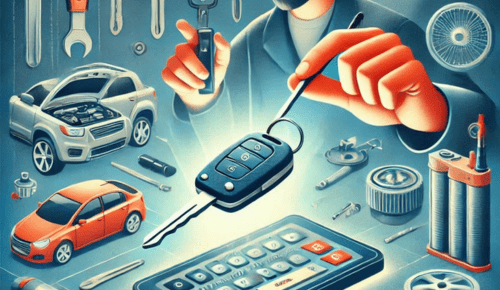Every now and then, car projects remind me why enthusiasts spend hours in garages, chasing after that mix of sound, performance, and a little bit of soul. Recently, I found myself knee-deep in one such project—the mercedes e63 downpipe install—and let me tell you, it’s not just a job, it’s a rite of passage for anyone who owns this beast of a machine. The E63 isn’t just another sedan; it’s a blunt instrument with a luxury wrapper, a car that already bends the rules of what’s possible on four wheels. But add the right hardware and the entire experience changes.
The idea of swapping downpipes may sound simple in theory. “It’s just a pipe, right?” That’s what a buddy asked me when I mentioned what I was about to do. But car folks know better. That one piece of tubing, tucked deep in the engine bay, plays gatekeeper to exhaust flow, turbo efficiency, and, in many ways, how alive the car feels when you mash the pedal. For the E63, it’s not just about chasing horsepower numbers on a dyno—it’s about unlocking the character that’s hidden just beneath the factory constraints.
When I started planning, the first thing that struck me was how many options there are. Catted, catless, stainless steel, ceramic-coated—you name it, someone’s selling it. And that’s where the decision-making gets personal. Do you want the raw, almost anti-social sound of a catless setup, or do you need something a little more “neighbor-friendly”? I went for a high-flow catted version, mainly because I wanted a balance. The E63 has a presence that doesn’t need to scream all the time, but it sure doesn’t hurt when it clears its throat.
The actual install is… well, it’s not a Sunday afternoon oil change. Anyone who’s been under the belly of an AMG knows it’s a tightly packed space, where engineers had the audacity to fit performance, comfort, and luxury all at once. Getting to the downpipes required patience, a decent set of tools, and more than a few “what were they thinking?” moments. Heat shields fight you at every step, bolts seem designed by sadists, and your hands will look like you tried to arm wrestle a cheese grater by the end of it. That said, there’s also a certain satisfaction in the struggle. Because when the old pipes finally come out and the shiny new ones slide into place, you feel like you’ve nudged the car into its next chapter.
Of course, the real payoff doesn’t come until you fire it up. That first start was almost cinematic. The idle note dropped an octave, the exhaust had this deep, chesty growl, and every blip of the throttle sent a shiver through the garage. It wasn’t obnoxious, but it had authority—like the difference between someone speaking in a crowded room and someone commanding silence. And on the road? It’s night and day. The turbos spool faster, throttle response feels sharper, and the car seems eager, like it’s been set free from a leash it never wanted.
There are caveats, though. Anyone considering this upgrade should be aware that tuning often goes hand-in-hand with hardware. Modern AMGs are smart; they’ll throw a fit if sensors detect something out of place. So, if you’re expecting to just bolt on new pipes and call it a day, you might be in for a surprise. A proper ECU tune not only clears potential warning lights but also extracts the real performance gains. Skipping this step is like baking a cake and forgetting the frosting—it works, but it’s not the whole experience.
And let’s talk money. These installs aren’t exactly cheap, whether you DIY or pay a shop. Downpipes themselves can run into the thousands, and if you add labor plus tuning, you’re investing a solid chunk of change. But here’s the thing: car enthusiasts don’t calculate upgrades like accountants. We measure in smiles, in goosebumps, in the way a car feels when you hit that empty stretch of road. By that math, the cost becomes easier to swallow.
One unexpected side effect? The sense of connection with the car deepens. There’s something about getting your hands dirty, swearing at bolts, and then hearing the result that creates a bond no dealership delivery ever could. It’s like the car and I went through something together—we struggled, we triumphed, and now every drive feels like a little celebration.
At the end of the day, a downpipe swap won’t turn an E63 into a different species. It’s still the same muscle-luxury hybrid that Mercedes intended. But it sharpens it, personalizes it, and injects that raw edge that sometimes gets muted by stock engineering compromises. For me, it was about making the car feel like mine, not just another AMG that rolled off the line.
So if you’re on the fence, ask yourself what you want from your E63. If it’s comfort and subtlety, maybe leave it stock. But if you’re chasing that intoxicating blend of sound, speed, and soul, the downpipe is a gateway worth exploring. Just be ready for scraped knuckles, a few choice words, and a whole lot of grins once it’s done.
Because in the end, car projects aren’t really about bolts and pipes—they’re about stories. And this one, for me, was worth every twist of the wrench.



